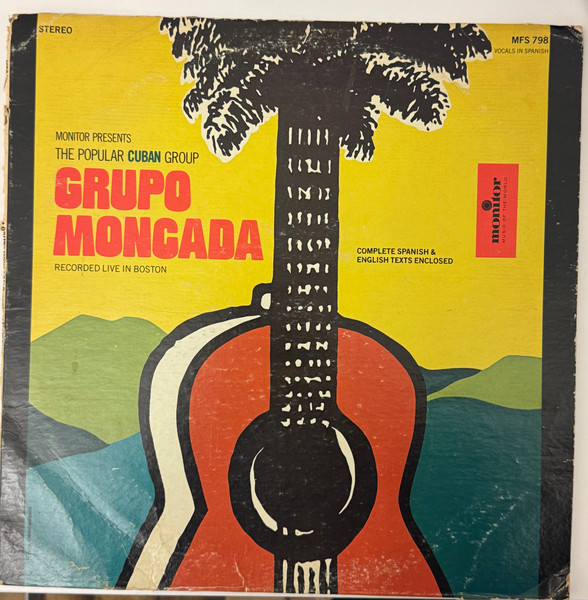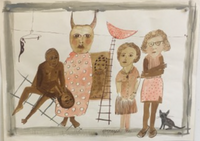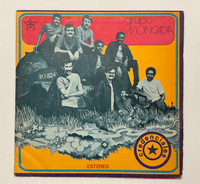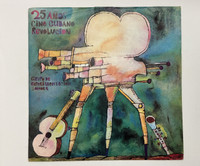- Travel
-
Exhibits
- La Portada Cubana
- Immortal Cuba: Artists Take on Their Heroes
- Seattle Poster Exhibit
- Sandra Dooley & Alejandrina Cué
- The Art of Wayacón
- Cuban Folk Art
- Cuba In Black And White
- 25 Years of Cuban Art Space
- Summer Folk Art Expo
- ¡SPRING AWAKENING FROM CUBA!
- Celebrating The Art Of Cuban Women
- Celebrating Paper, Affordable Art from Cuba
- Art of the Revolution
- Outsider Art
- Lost and Found
- En la lucha: Celebrating Cuban Women and Their Art
- Cuban Art Stash
- 100 Fires: 5 Cienfuegos Artists' Work on Paper
- Waya + Monte! Magic Realism in Cienfuegos
- Viva Cuba Viva! Poster Show
- Cultivando Sueños
- Black Lives Matter in Cuba Jan 9-March 27
- Leandro Soto: Crónicas visuales
- Cuban Canvas
-
Archive
- Global Reflection 2018: Spirit and Community
- Exhibit in the cloud: Contemporary Works on Paper
- MADE IN CUBA! MINNEAPOLIS EXHIBIT
- Cuban Posters and Photography from CCS collection
- AUTUMN SALE! Sept/Oct 2017
- SPRING ARTS AND CRAFT SALE
- Vuelo Directo/Non Stop: Alberto & Alejandro Lescay
- The Many Faces of Fidel
- Somos
- Made in Cuba!
- The US empire in Cuban graphics
- Made in Cuba/Seattle exhibit
- Entre Nos
- Looking Back
- Cuban Art Space
- Membership/Donate
- About Us
- Cuba News
-
Niko's bold graphic design transforms a guitar into an iconic symbol of Cuban cultural resistance and pan-Latin American solidarity. Set against a vibrant yellow background with rolling green and teal hills suggesting the Cuban countryside, the stylized guitar dominates the composition with its striking orange-red body outlined in thick black lines with cream accents. Black palm fronds cascade from the top of the frame, reinforcing the tropical setting. The design's flat, poster-like aesthetic and strong color contrasts reflect the influence of Cuban revolutionary graphic design, particularly the OSPAAAL poster tradition, while the folk art sensibility speaks to the group's mission of reviving traditional music forms.
Grupo Moncada emerged as one of Cuba's most exciting and versatile young music groups following their first appearance at the University of Havana in October 1974. Named after their first major work, "Canción del Moncada," which recounts the attack by Fidel Castro and his followers on the infamous Batista barracks, the ensemble incorporated the politics of the Cuban Revolution into their musical mission. Playing 41 instruments and drawing from a wide repertoire of folk, Afro-Latin, and political music, they toured throughout Cuba and Latin America, performing in universities, work centers, amateur festivals, and regularly on television and radio.
This live recording, made during their Boston concert on April 21, 1979, captures the group's extraordinary range. Track listings span the Americas: Cuban songs by Silvio Rodríguez, Pablo Milanés, Noel Nicola, and Carlos Puebla's iconic "Hasta Siempre"; Chilean nueva canción including "Colaguachi" and Angel Parra's protest song; Peruvian and Venezuelan folk music; and the beloved "Guantanamera" by José Martí and Joseíto Fernández. The ensemble featured Alberto Faya (first voice, guitar, tres, charango), Julián Fernández, Rubén Galindo, Jorge Gómez, Juan Sosa, José Alberto Himely, Noel Nicola, and Pedro Trujillo performing on instruments ranging from traditional Cuban tres and bongos to Andean zampoña and charango.
Released by Monitor Records in collaboration with the Center for Cuban Studies, this album represents a significant moment of U.S.-Cuba cultural exchange during a period of severely restricted relations. The Center for Cuban Studies, directed by Sandra Levinson (who photographed and co-produced this album), was one of the few organizations maintaining cultural bridges between the two countries. Grupo Moncada personified Cuba's Nueva Trova movement, which galvanized the rediscovery of truly Cuban and Latin American music while popularizing unfamiliar and revived musical forms long buried by the dominance of North American commercial tastes.
-
-
Discover More at the Center for Cuban Studies







